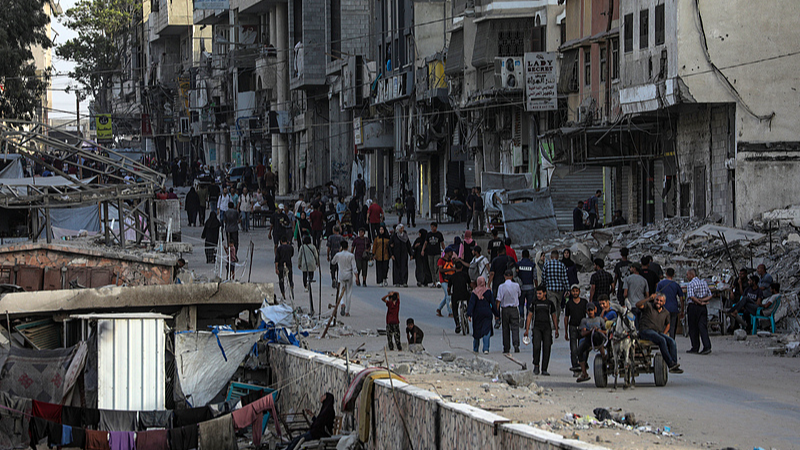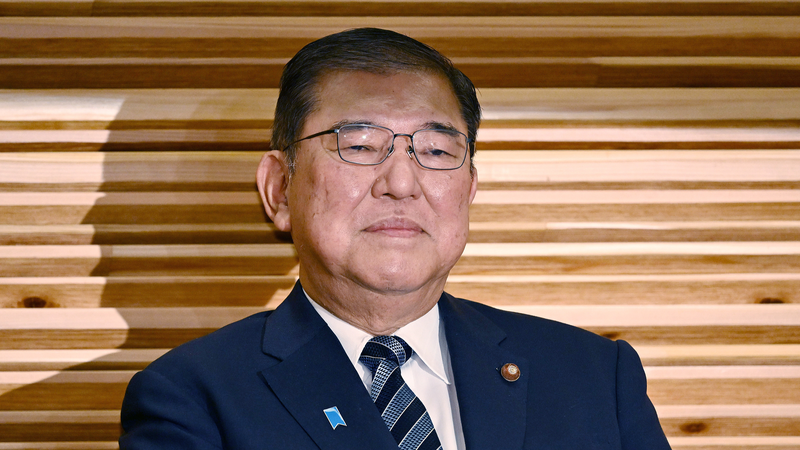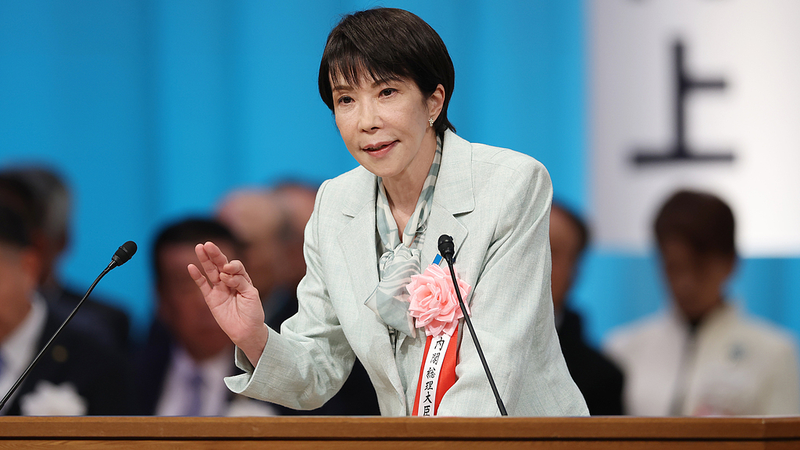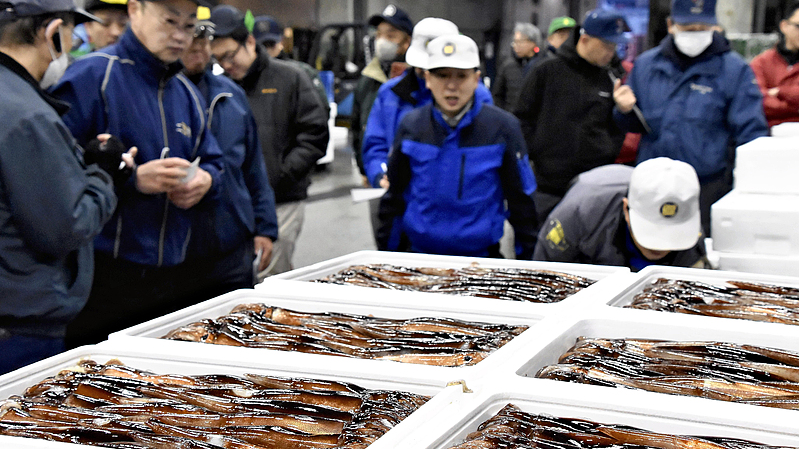In the midst of fragile peace talks in Egypt, Gaza’s humanitarian frontline is clinging to a lifeline funded by the United Nations. On Sunday, Gaza’s health authorities reported 21 deaths and 96 wounded amid continued shelling and gunfire.
Humanitarian access across the Gaza Strip faces significant obstacles. The UN Office for the Coordination of Humanitarian Affairs (OCHA) facilitated eight missions—including the installation of a solar panel in Deir al-Balah and the delivery of fuel, food, and medical supplies through the Kerem Shalom/Karem Abu Salem crossing—while six were denied and five canceled.
UN Emergency Relief Coordinator Tom Fletcher released $9 million from the UN’s Central Emergency Response Fund to secure fuel supplies and keep critical services running. This infusion means hospitals, water stations, and community kitchens can stay operational even as violence disrupts supply lines.
On Saturday, humanitarian partners prepared and distributed 885,000 meals across 167 kitchens in Gaza. Yet only 12 kitchens remain open in the north, forcing aid teams to adapt quickly to the mass movement of families relocating south.
Displacement sites in southern Gaza have become dangerously overcrowded. Some families are sheltering near garbage dumps like Al Amal, where around 70 tents have sprung up in recent days. Others risk returning north despite Gaza City being declared a combat zone.
Despite these challenges, OCHA stands ready to scale up operations the moment crossings reopen. “We've been ready, and the machinery is cranked up,” says UN spokesperson Stephane Dujarric. “There are thousands of tonnes of aid stacked up and waiting to roll in.”
As Gaza’s residents endure harsh conditions, the UN’s swift funding decision offers a critical buffer—keeping life-saving services alive and primed for action when relief corridors clear.
Reference(s):
UN allocates $9m to keep life-saving services running in Gaza
cgtn.com



